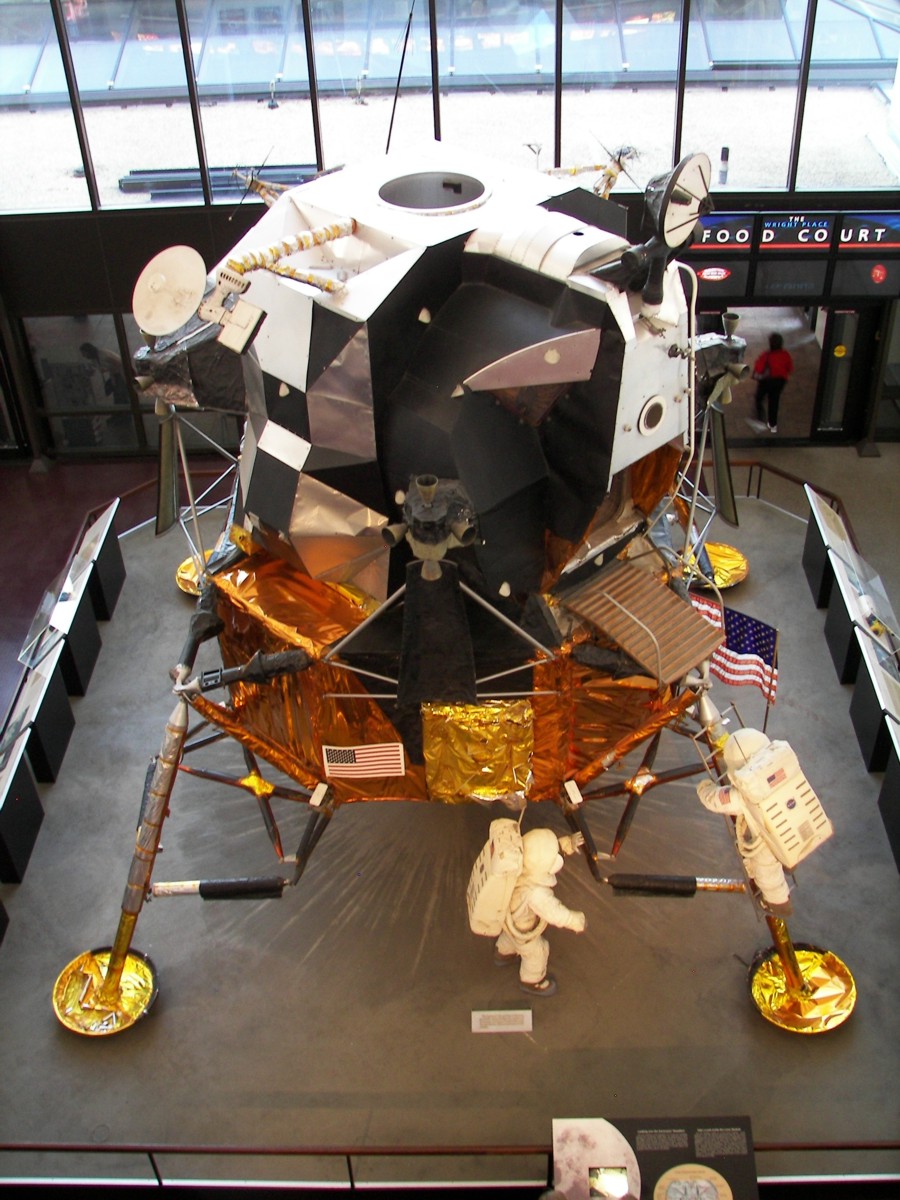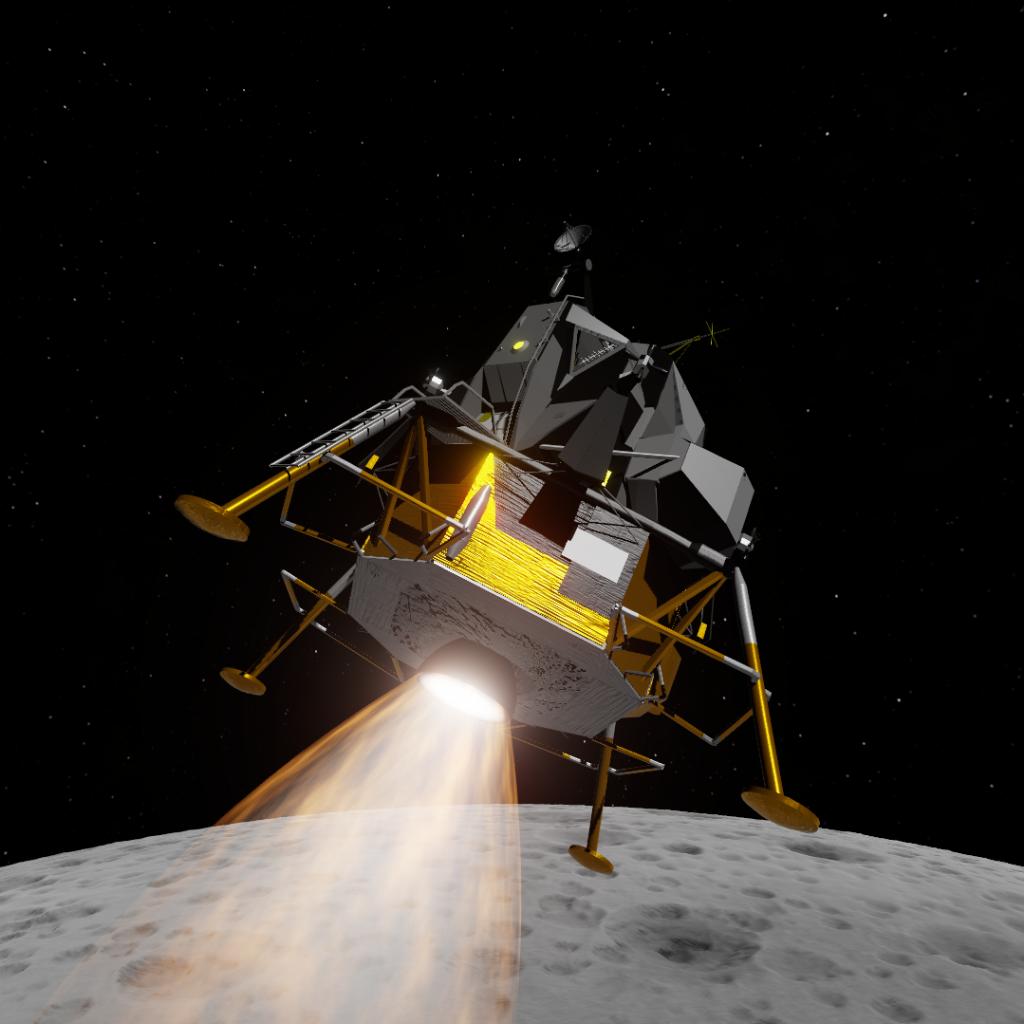

“ULA is a storied, successful company,” says Thornton. He says Astrobotic has “no reason to doubt” ULA. Thornton says he’s received assurances from ULA that Vulcan will launch in the fourth quarter of this year, and that the BE-4 engines will be ready in the middle of this year. “Obviously the lander is still being built, but it’s far enough along that we can unveil it”

The rocket is designed to fly on a new engine being built by Jeff Bezos’ space company Blue Origin, called the BE-4 - but those engines are also years behind schedule. However, the Vulcan is a few years late getting to the launchpad, and it’s still not ready. The Peregrine lander is slated to be the very first spacecraft to fly on the United Launch Alliance’s (ULA) Vulcan rocket, a brand new vehicle that’s been under development since 2014.

The lander’s target destination is a region called Lacus Mortis - which eerily translates to “Lake of Death.” Once it lands, the Peregrine will attempt to last an entire lunar day, about two weeks, before the extra cold, two-week-long lunar night kicks in.Īstrobotic’s ride to the Moon is still an open question, though. The lander will house a few rather unique payloads - like a lunar dream capsule from Japan and a physical Bitcoin coin, “loaded” with one Bitcoin. One payload includes a rover crafted by students at Carnegie Mellon, and there is also a micro-rover from the Mexican Space Agency. A little less than half are scientific instruments from NASA while the others come from a diverse group of commercial customers. It’s 15 years in the making.” Astrobotic declined to provide specifics about the cost of Peregrine or how much it charges customers for a spot on the lander.įor its first launch, the Peregrine lander will carry 24 payloads to the Moon, according to the company. “Obviously the lander is still being built, but it’s far enough along that we can unveil it for what it looks like now,” says Thornton. The lander’s flight structure was presented today, but some tanks, solar panels, propulsion, and other attributes still need to be added to the vehicle. An artistic rendering of Astrobotic’s Peregrine lander on the Moon. “This is an exciting time and our commercial partners are very much a part of this,” Nelson said during brief remarks at Astrobotic. Members of NASA’s leadership team, including administrator Bill Nelson and Thomas Zurbuchen, NASA’s associate administrator for science, were on hand at Astrobotic’s facility today for the unveiling. We haven’t seen any hardware or pictures of spacecraft yet.” (Another privately built lunar lander, made by Israeli nonprofit SpaceIL, attempted to reach the Moon in 2019, but didn’t quite stick the landing.) Really, success is the most important, but it is the first commercial lander that is unveiled. “Our first priority is mission success, and if it happens to be the first, great,” John Thornton, CEO of Astrobotic, tells The Verge. Now, it’s down to Astrobotic and Intuitive Machines, both of which are aiming to fly their landers sometime this year. Originally, the agency had funded three companies in its first round of contracts, known as the CLPS program, but one of the awardees dropped out. “Our first priority is mission success, and if it happens to be the first, great.”īy funding multiple companies, NASA also hoped to spur some friendly competition. It’s a small part of NASA’s flagship Artemis program, a major effort by the agency to eventually return humans to the lunar surface. Both companies have received multimillion-dollar contracts from NASA to help spur the development of their landers, which, in turn, provide the space agency with a way to get scientific experiments to the Moon. The other is Intuitive Machines, based out of Houston, which is building its own robotic lunar lander called Nova-C. The vehicle has various locations it can store mounted payloads for experiments designed to take advantage of the lunar environment and customers who just want their products on the lunar surface.Īstrobotic, based in Pittsburgh, is one of two private companies aiming to become the first to send a commercial robotic lander to the Moon - and have it land in one piece. Five main engines mounted on the lander’s base will help navigate the vehicle through space and eventually allow the vehicle to touch down on the surface of the Moon. It marks the first time the company has shown the mostly finished flight hardware for the lander ahead of its launch, tentatively scheduled for late this year.Ĭalled the Peregrine Lunar Lander, the spacecraft is roughly the size of a squat refrigerator, standing just over six feet tall. This afternoon, commercial space company Astrobotic unveiled its nearly complete robotic lunar lander, designed to take payloads for paying customers like NASA to the surface of the Moon.


 0 kommentar(er)
0 kommentar(er)
